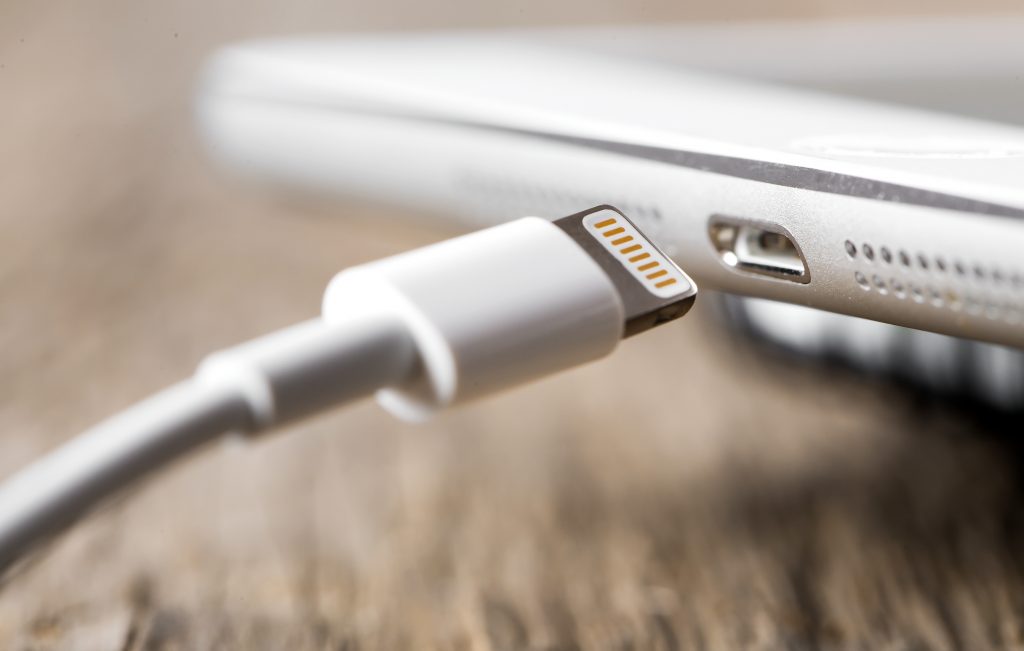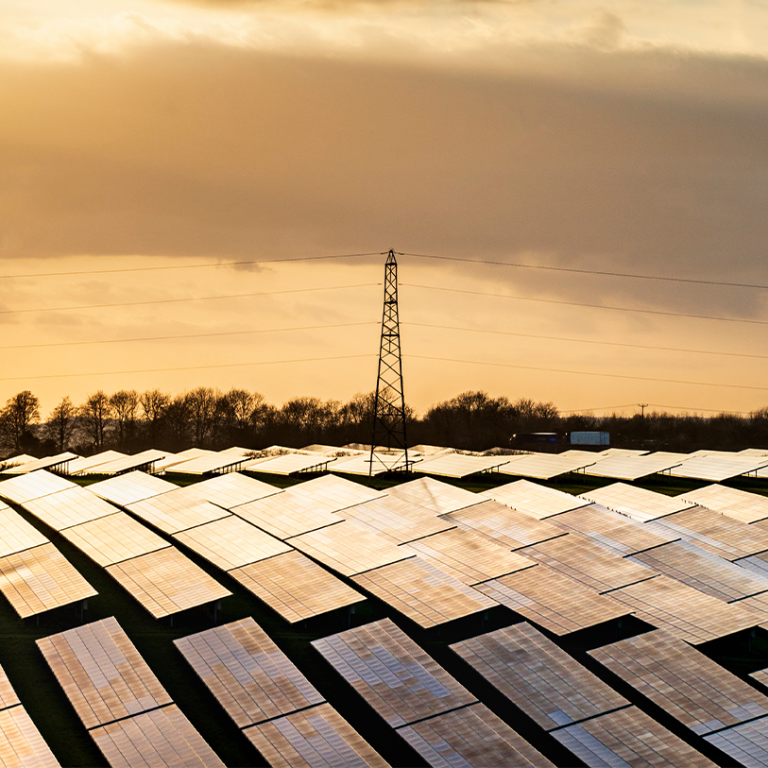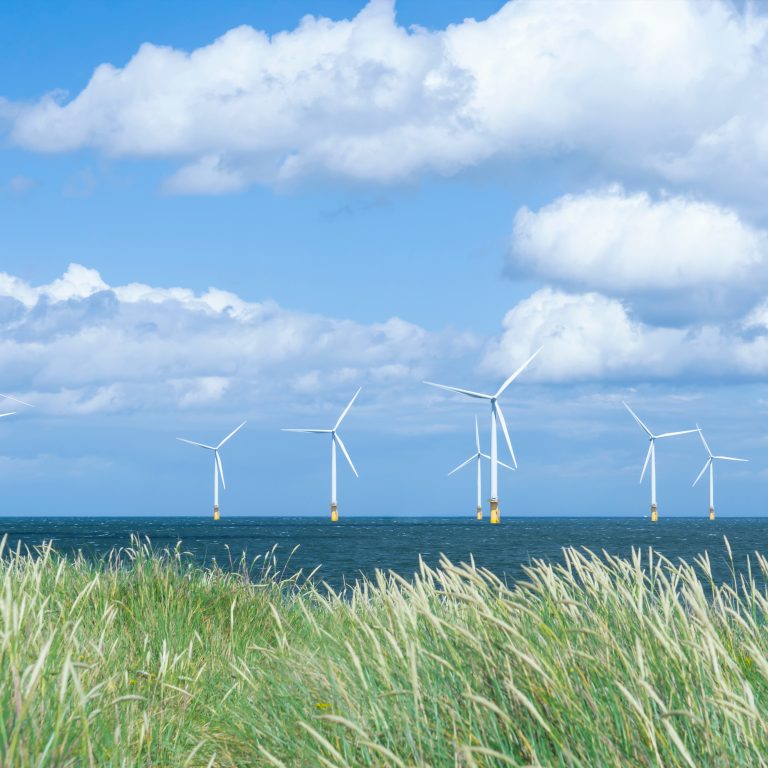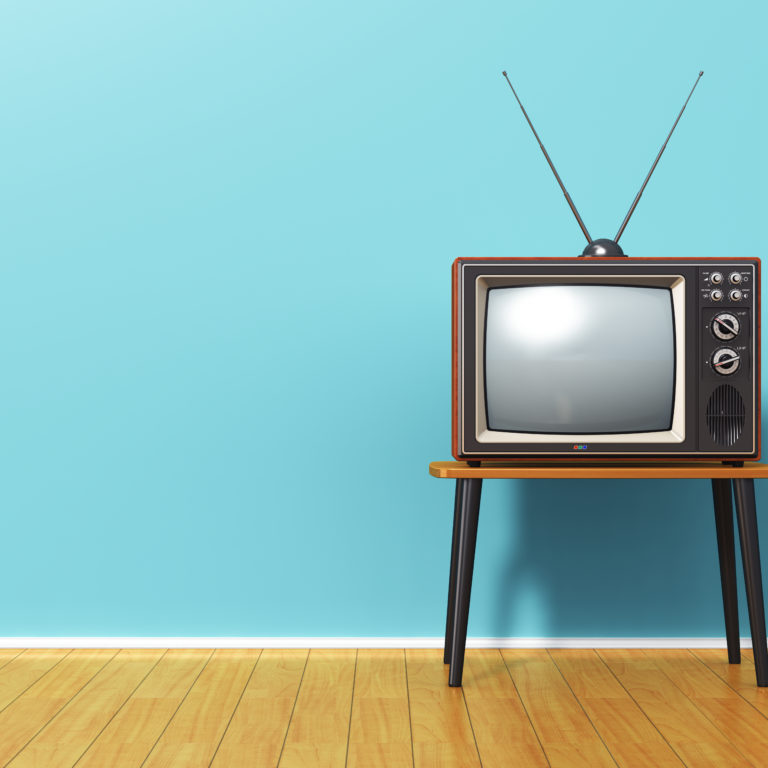It’s difficult to imagine life without electricity. Its ubiquity means it’s easy to forget the incredible feats of science, engineering, and infrastructure that allow us to undertake a task as simple as plugging in our smartphones.
In fact, so expansive are the nationwide infrastructure networks that lie beyond the wall socket, keeping a top-of-the-range mobile phone charged for a year can cost as much as… 67p.
To work out how much electricity an appliance uses there’s a relatively straightforward equation we can follow of power (kilowatt, kW) x time (hours used) = energy transferred (kilowatt-hour, kWh). To then work out how much that costs in real terms we need to take the wattage of the appliance (worked out in kilowatts as this is the metric electricity tariffs are measured in), multiply that by the number of hours it is being used for, then multiply that figure (kWh) by your energy tariff (£).
In the case of an iPhone, it works out like this: a typical iPhone charger is 5W (0.005 kW) and a full charge from empty takes a maximum of three hours (a conservative estimate). The average electricity tariff in the UK is 15p per kWh, which leads to an equation that looks like this:
0.005 x 3 x 0.15 = £0.00225 a day
And if we assume that an iPhone owner might fully charge their phone roughly 300 times a year, the total annual sum amounts to a princely 67.5p.
There’s no other way of looking at this – it’s a very low number. But it’s important to think about this number in scale. Extrapolate it across the number of devices in the country and it grows significantly.
A 2016 study on UK smartphone owners suggests three quarters of all adults have smartphones, which would put the country total somewhere in the region of 40 million. Per day, that’s 600 MWh of electricity needed to power their smartphones. That’s the equivalent of 200 MW of power generation, or enough to power 565,000 households, for one hour.

How much electricity do my other appliances use?
Unfortunately, not all appliances are as modern, efficient and cost effective as your average smartphone. In fact, when it comes to household appliances, charging your Apple iPhone, Samsung, Sony or Windows Phone device is one of the least power-hungry activities you can undertake.
A bigger offender is your fridge-freezer, but not because they need a lot of electricity to run. Instead, it comes down to the fact it is plugged in and drawing power for a significant amount of time. A fridge freezer is plugged in for 24 hours a day, seven days a week, and even though modern fridge freezers have good energy efficiency mechanisms to limit their usage, they can very easily use 427 kWh a year, leading to an annual cost of over £50.
To put that into perspective, here’s how much your other household items cost per hour according to the same equation used earlier.

What’s new?
As our homes, workplaces and industries have become more energy efficient, the country as a whole is using less power. Nowhere is this more evident than in our lighting – today, the common LED lightbulb uses just 17% of the power needed for an incandescent lightbulb of equivalent brightness.
The news has been full of stories about how much more power 4K TVs use compared to high definition TVs. But because most of us buy a TV once every decade or so, replacing your 2007 1080p full HD TV with the UK’s best-selling 4K model and watching it for an hour will actually use around 70% less power.
This continued trend towards efficiency has had a marked effect on the country’s use of power. In March 2017, the government published its latest electricity demand data for the UK, showing the country’s power needs falling all the way through to 2020.
But then something interesting happens. From 2026 the forecast shows us beginning to use increasingly more power than we are due to in 2017. To the point where by 2035, we’re using more power than we are today – 19% more. Why is this?
One possibility is electric cars. In 2015, electric vehicles (EVs) consumed 0.25 TWh of power, but that’s set to grow significantly. In its Future Energy Scenarios report published in 2016, National Grid projected EVs will consume 19 TWh in 2035, but it has already said it believes its projections might be understated. In short, the EV revolution could drive demand far higher, which leads to the question, ‘Where is all of this extra power going to come from?’.
Understanding the smart home
Our future energy needs are not just going to be met by more electricity generation capacity, they will also be assisted by something closer to home. With the introduction of smart meters, pinpointing the devices and appliances in our homes that use the most electricity will become more widespread. More than this we’ll be able to identify what time of day they’re using the most energy and when we might be able to turn them off. With this information we can optimise our usage and save money.
And while cutting down your yearly phone charging budget from 67p to 50p might not sound like much, if three quarters of the country are joining you, those pennies can quickly add up.





















